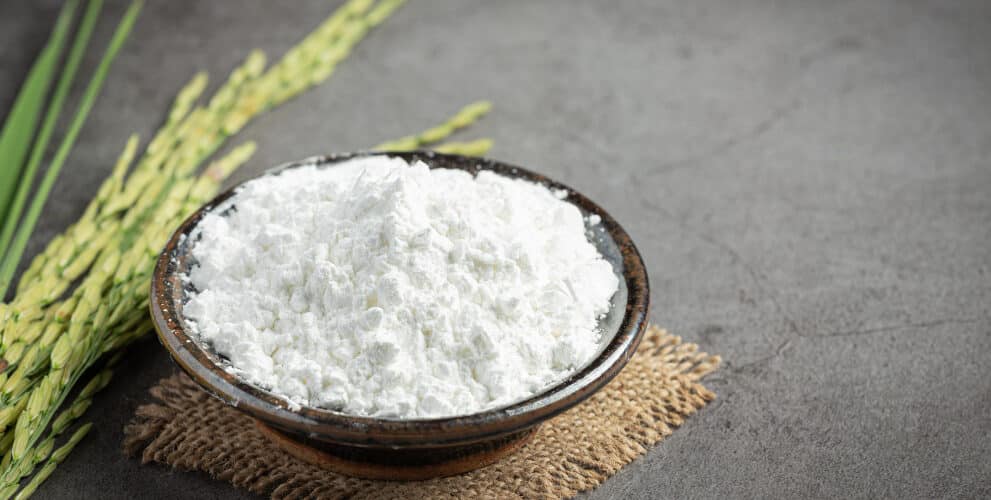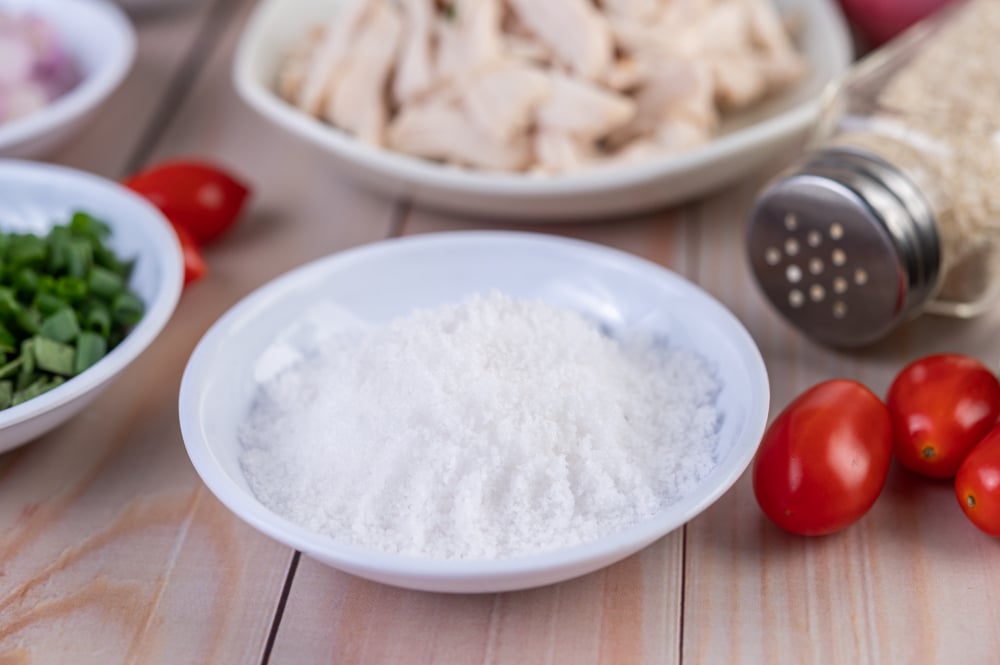Is MSG addictive? What scientific studies really say about monosodium glutamate
MSG, or Monosodium Glutamate, faces ongoing debate regarding its safety and addiction claims. Read on to know what experts think about the flavour enhancer
Author
Author
- admin / 3 months

- 0
- 5 min read

Author
In October 2023, during a press conference at King George’s Medical University (KGMU), Lucknow, Uttar Pradesh, Prof Narsingh Verma, head of KGMU’s physiology department, said that Ajinomoto triggers glutamate pathways in the brain and spinal cord, which are interconnected with various other neurotransmitter pathways, leading to addiction.
The idea that monosodium glutamate (MSG), present in Ajinomoto, might activate glutamate pathways in the brain and spinal cord—which are linked to other neurotransmitter systems—has some scientific support. But whether or not this results in “addiction” seems to be a more complex and debated topic.
Monosodium glutamate (MSG) is a flavour enhancer that is widely used in cuisines around the world, particularly in Asian dishes, snacks, and packaged foods. MSG has been used widely in kitchens for decades because of its reputation for enhancing umami, which is the fifth basic taste after sweet, sour, salty, and bitter. MSG has been controversial despite being widely used; some people believe it is addictive and very unhealthy. But are the claims true?
What is MSG?
MSG is the sodium salt of glutamic acid, a natural amino acid present in foods such as tomatoes, cheese, and seaweed.
Japanese chemist Kikunae Ikeda isolated it for the first time in the early 1900s and found that it had special flavor-enhancing qualities. MSG is now commercially produced and added to food to improve its flavor.
In the 1990s, the U.S. Food and Drug Administration (FDA) directed the Federation of American Societies for Experimental Biology (FASEB) to investigate the safety of MSG. MSG is safe, according to FASEB. They pointed out that any negative effects were moderate and transient, and they were usually linked to high doses of MSG (more than 3 grams) taken without food. However, misconceptions about its dangers still exist.
Why do people assume it to be unsafe?
For the first time in the 1960s, MSG earned a bad reputation when Chinese-American doctor Robert Ho Man Kwok published a letter in the New England Journal of Medicine, describing symptoms like headaches and palpitations after eating Chinese food.

He suggested these might be caused by alcohol, sodium, or MSG. This sparked widespread misinformation, likely fueled by biases against Chinese immigrants and their cuisine at the time.
“Chinese Restaurant Syndrome” myth
The letter used the term “Chinese restaurant syndrome,” which later evolved into the “MSG symptom complex” (MSC), wrongly linking MSG to health problems and giving it a bad reputation.
This goes to the extent that an article titled “Chinese Restaurant Syndrome” even reported a case of someone who caught angioneurotic edema of the uvula, a rare condition characterised by swelling of the uvula, the fleshy appendage hanging at the back of the throat, and the surrounding structures after eating Chinese food, which resulted in severe difficulty in swallowing saliva and an inability to speak.
A number of studies showed that MSG is harmful, stating that the additive was highly toxic. However, fresh studies that were conducted later questioned the accuracy of previous research.
Can MSG be addictive?
Addiction consists of obsessive behaviour, tolerance (requiring more of a substance to achieve the same effect), and withdrawal symptoms when the substance is removed, because they alter the brain’s reward system, especially by raising dopamine levels, which provide pleasurable feelings and strengthen the desire to consume more. Substances like nicotine, alcohol, and some medications are addictive.
However, MSG research presents a different picture. According to John D. Fernstrom’s 2018 paper “Monosodium Glutamate in the Diet Does Not Raise Brain Glutamate Concentrations or Disrupt Brain Functions” in the Annals of Nutrition and Metabolism, dietary MSG has no discernible effect on brain glutamate levels or reward pathways. MSG is contrasted with narcotics and other addictive substances that have a direct impact on dopamine release.
Natural Vs Synthetic MSG
MSG is naturally found in high-protein foods like chicken, beef, salmon, cheeses (e.g., Parmesan, cheddar), and vegetables (e.g., tomatoes, mushrooms), and it’s also added to processed meats (e.g., bacon, salami), sauces (e.g., soy sauce, ketchup), packaged foods (e.g., soups, chips), and fast-food items like McDonald’s fries and KFC chicken. We’ve been consuming MSG throughout history, making it a common part of our diets.
In 1908, Japanese scholar Kikunae Ikeda isolated glutamate from a broth, identifying it as the basis of the savory flavor. That year, he received a patent for MSG, and the next year, it was put into commercial production. MSG is now made by fermenting starch, sugar beets, sugar cane, or molasses rather than by extracting it from seaweed.
Is synthetic MSG concerning?
Scientific evidence generally suggests it’s not. However, a 2019 study in BMC Research Notes “Chronic toxicity of low dose monosodium glutamate in albino Wistar rats” found that chronic, high-dose MSG exposure in rats caused fertility impairment, increased mortality in adults and newborns, and significant issues with liver and kidney function, serum lipids, testosterone, and uric acid. Importantly, these effects occurred only with prolonged, excessive exposure, not typical dietary intake.
Also read: Fact-check: MSG is safe for human consumption
(Do you have a health-related claim that you would like us to fact-check? Send it to us, and we will fact-check it for you! You can send it on WhatsApp at +91-9311223141, mail us at hello@firstcheck.in, or click here to submit it online)










